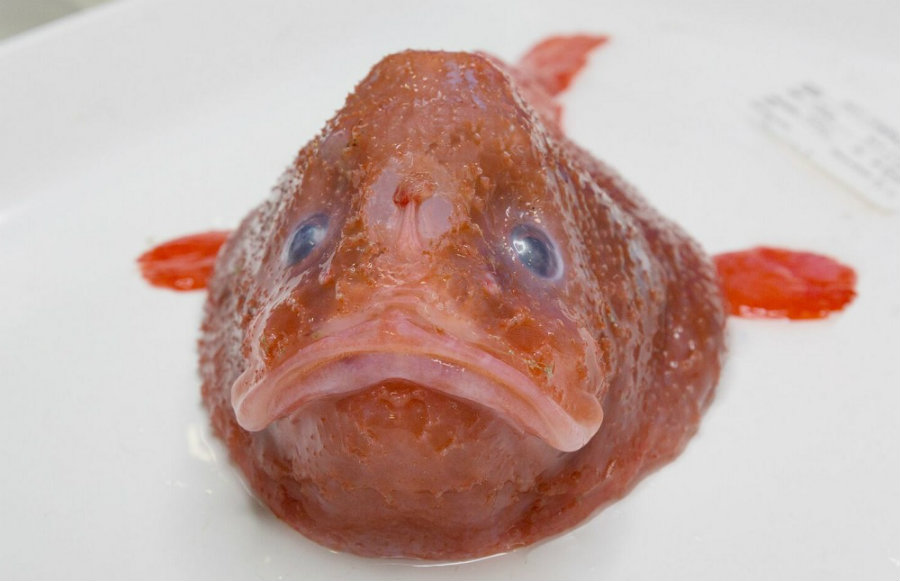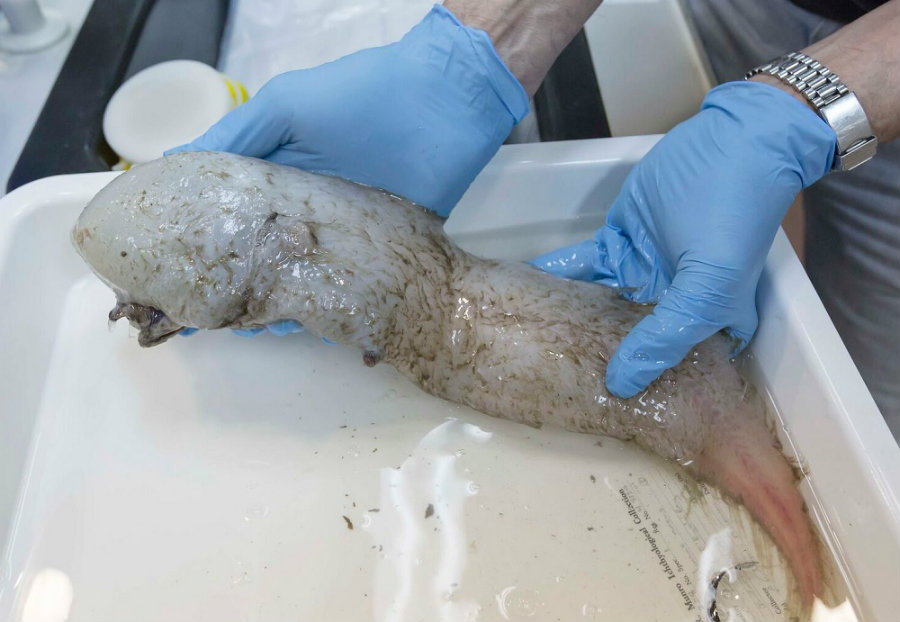A group of Australian scientists ventured deep into the ocean off the coast of Australia to look for deep sea creatures, and they found some odd-looking ones. They submerged two-and-a-half miles below the waters near Australia, where crushing pressure and total darkness hides some of the most bizarre creatures of the planet.
Such places haven’t been explored too much, as conditions are tough for humans to take a trip. However, an international team of scientists who were sponsored by Museums Victoria and a government research organization spent over a month exploring the ocean floor off the coast down under, trying to find sea creatures and trying to learn how such animals adapted to survive there.

Scientists found numerous deep sea creatures off the coast of Australia
Researchers believe that the findings have shed light on the dramatic evolution undertaken by animals in extreme environments. The team believes they identified a new fish species and found creatures living at lower depths than recorded.
“Australia’s deep-sea environment is larger in size than the mainland, and until now, almost nothing was known about life on the abyssal plain,” said Dr. Tim O’Hara, who led the mission, according to National Geographic Australia. “We’re really excited about the discoveries that we’ve made and are thrilled that we can now share them with the Australian and international public.”
Some of the creatures are very odd-looking, as the phallic-shaped peanut worm. They found a spiny red crab, which resembles more a hermit crab (or a Pokemon, for that matter) than a regular crab. Overall, they discovered a red coffin fish, a blobfish, giant sea spiders, a feeler fish, flesh-eating crustaceans, a cookie cutter shark, zombie worms, sea pigs, bioluminescent sea stars, tripod fish, carnivorous sponges, and some other microscopic critters.
Although there is a clear advantage in being covered in spikes, just like the spiny red crab, most of the deep sea creatures found were actually more on the “gelatinous” spectrum. For instance, the team of researchers is now trying to learn whether the coffin fish they discovered is a new species. They noted that it has blue eyes, red fins, and a cool trick for catching preys in the dark. According to the scientists, it uses a “fishing rod tipped with a fluffy bait on top of its head.”
When an unsuspecting, hungry fish approaches what they believe it’s food, the coffin fish catches and devours it.
Researchers used multi-beam sonar to navigate in pitch-black deep seas
Scientists were also intrigued by the cookie cutter shark they found, which had been documented in the past, but never in the areas where the marine national facility research vessel, dubbed “Investigator,” traveled during the past month. The cookie cutter shark picks large preys, such as whales, large fish, or dolphins. When it locates them, it latches onto them with its tiny, serrated rows of teeth. It then rips a chunk of flesh and swims away from the prey.
An exciting discovery was also the “faceless” fish, which according to the researchers hadn’t been seen by humans in over 140 years. This fish has no distinguishable gills or eyes, and the only discernible feature is a mouth- which is on top of its head.
To capture these animals from the ocean depths, the researchers had to use advanced technology to overcome the environmental hurdles. They used multi-beam sonar to avoid crashing their equipment against rocks, then they explored the ocean floor and snatched some creatures, having no idea what they caught until it reached the water’s surface. They noted it was a long and tedious process, as lowering gear to the ocean floor on a two-mile-long rope can take several hours.

Measures must be taken to protect deep seas from climate change and human activity
By the end of the experiment, the scientists had pulled up more than a thousand sea creatures, which will be adequately studied and cataloged in the next months. However, they warned they made an alarming discovery while searching the ocean floors: pounds of human trash.
“We have found highly concerning levels of rubbish on the sea floor,” said O’Hara in a news release, according to The Washington Post. “We’re 100 kilometers off Australia’s coast, and have found PVC pipes, cans of paints, bottles, beer cans, wood chips, and other debris from the days when steamships plied our waters. The seafloor has 200 years of rubbish on it.”
O’Hara noted he hopes information such as this will be the first step in influencing social attitudes towards rubbish disposal. Their results will also help researchers map the seafloor, which will then be sent to governments to ensure the protection of the deep sea long term.
The maps from the sonar exploration and underwater camera vision show that deep sea includes a diverse terrain of rocky plains, along with huge canyons and undersea mountains.
“We are custodians for this piece of Earth, and it is really important that we have baseline data so that we can protect it from the impacts of climate change, rubbish, and other human activity,” warned O’Hara, according to National Geographic Australia.
Source: The Washington Post
